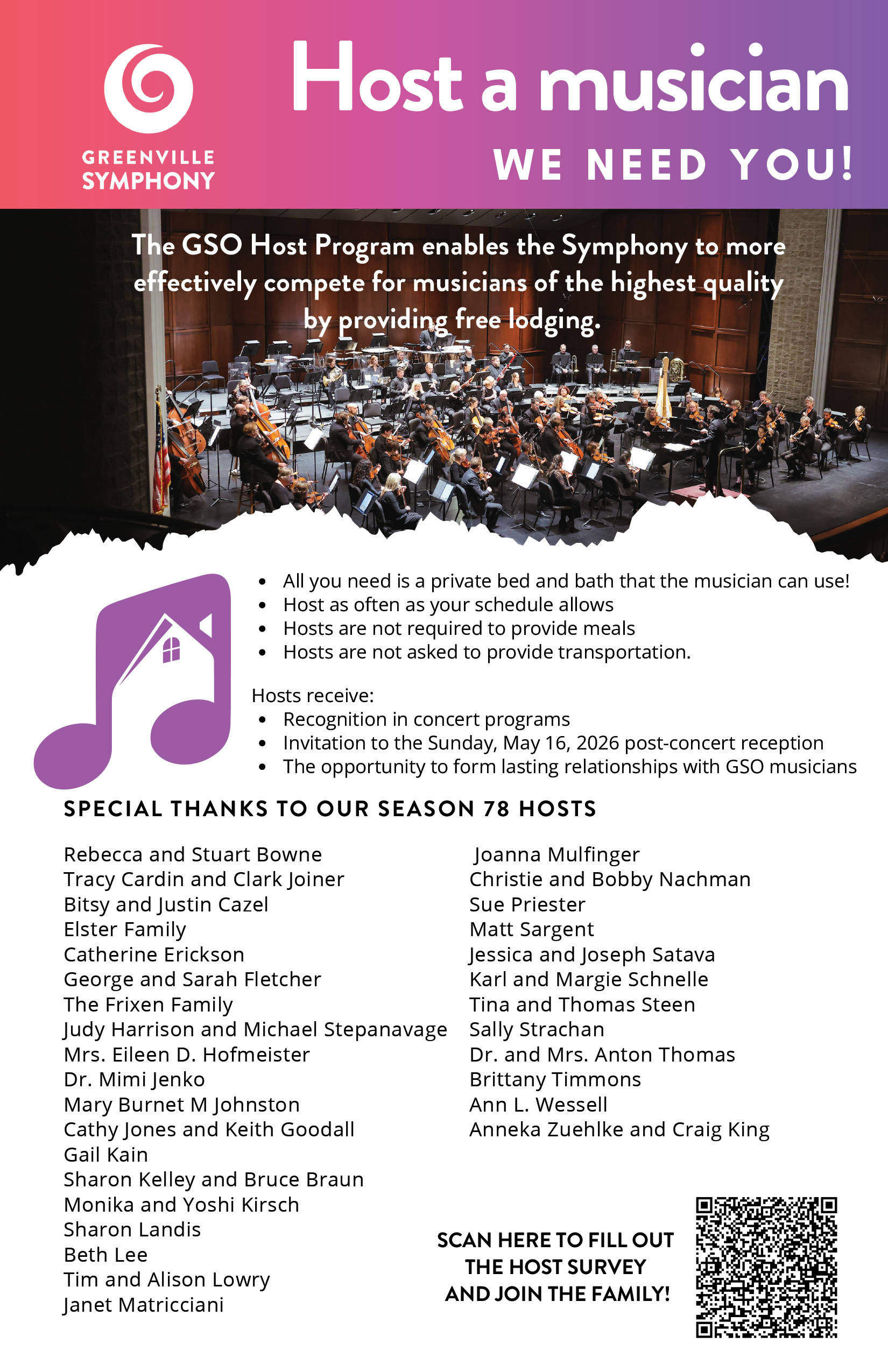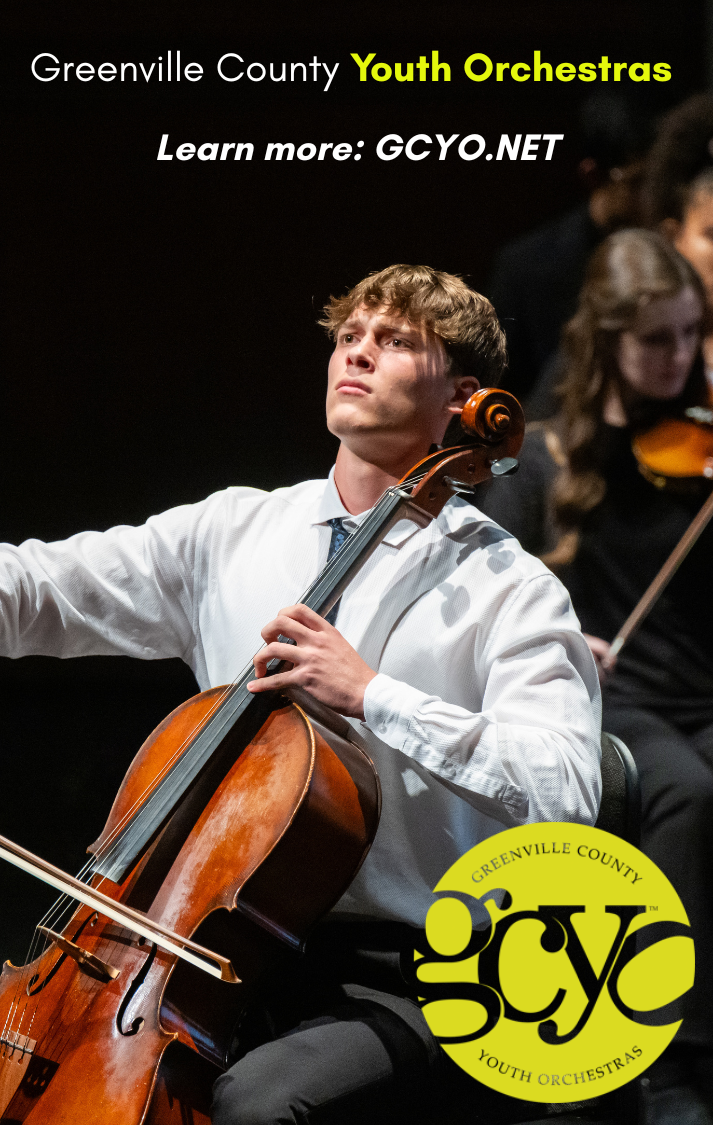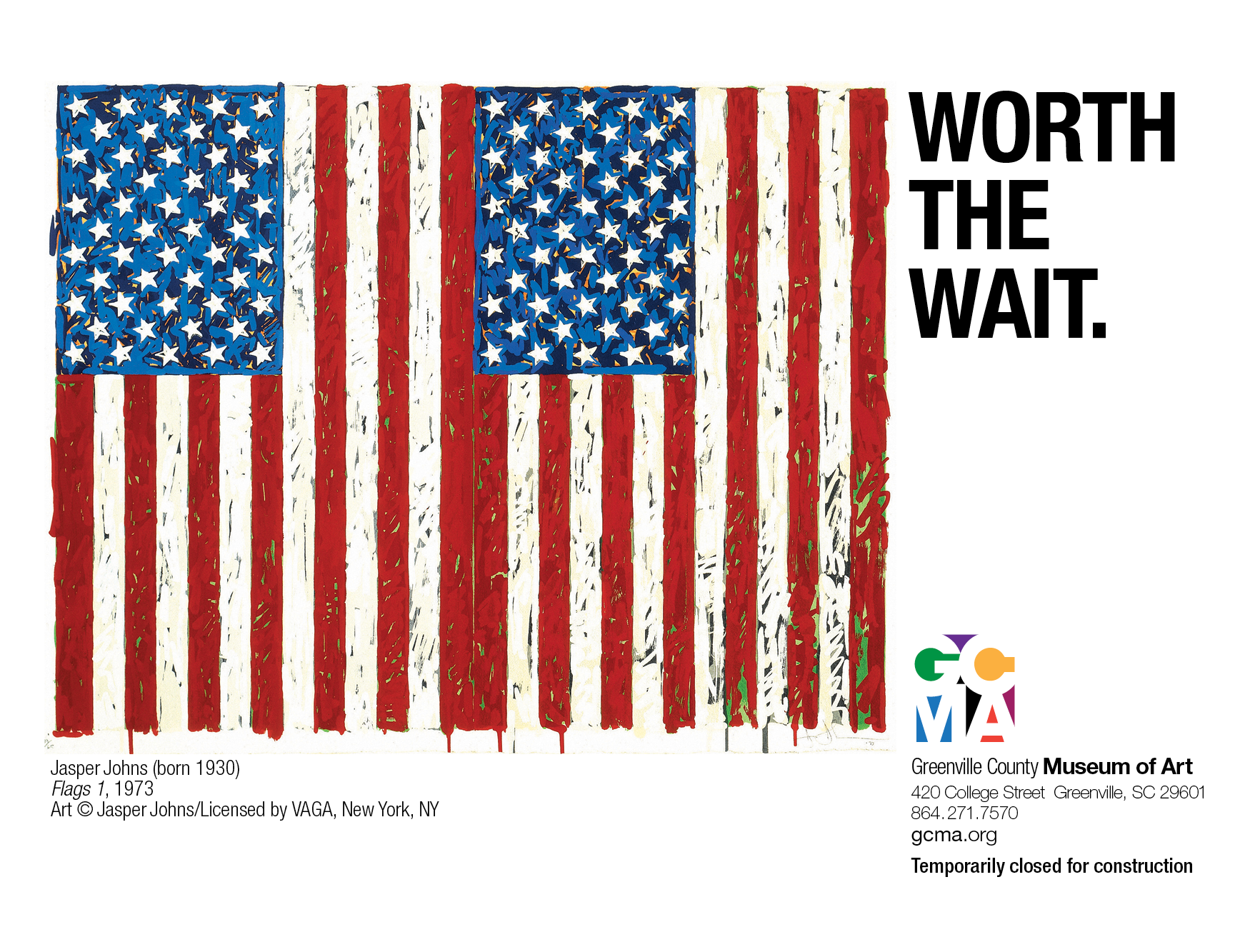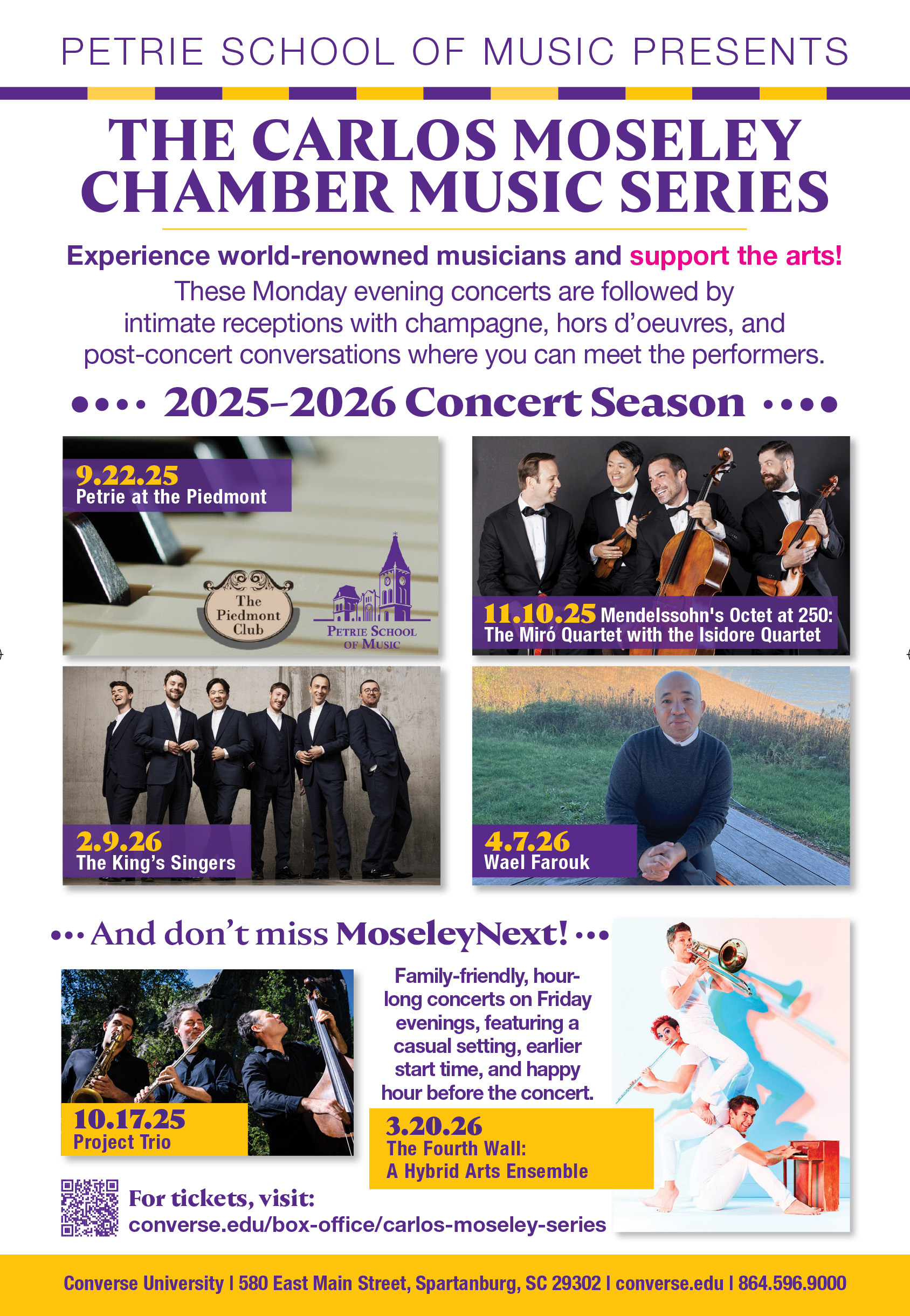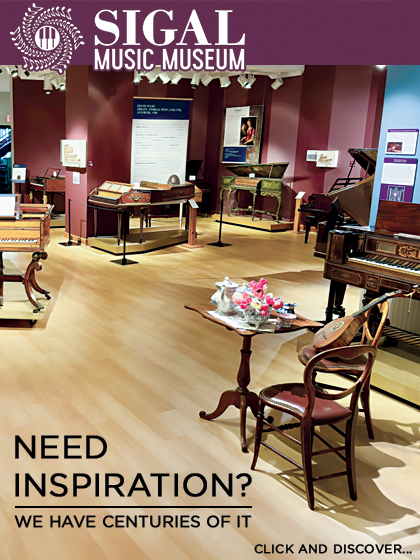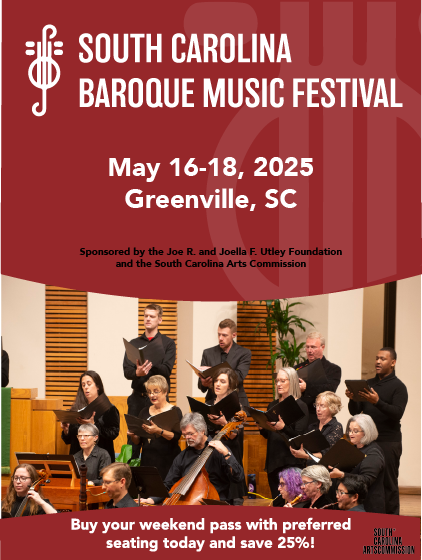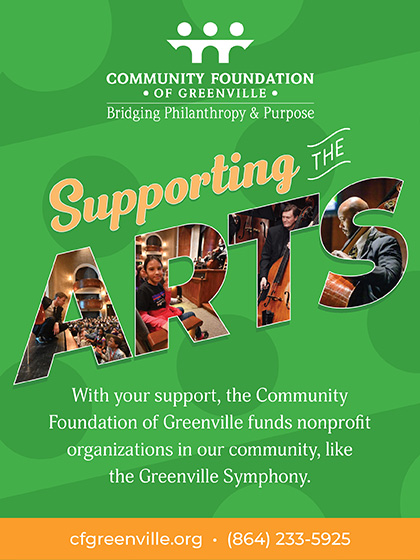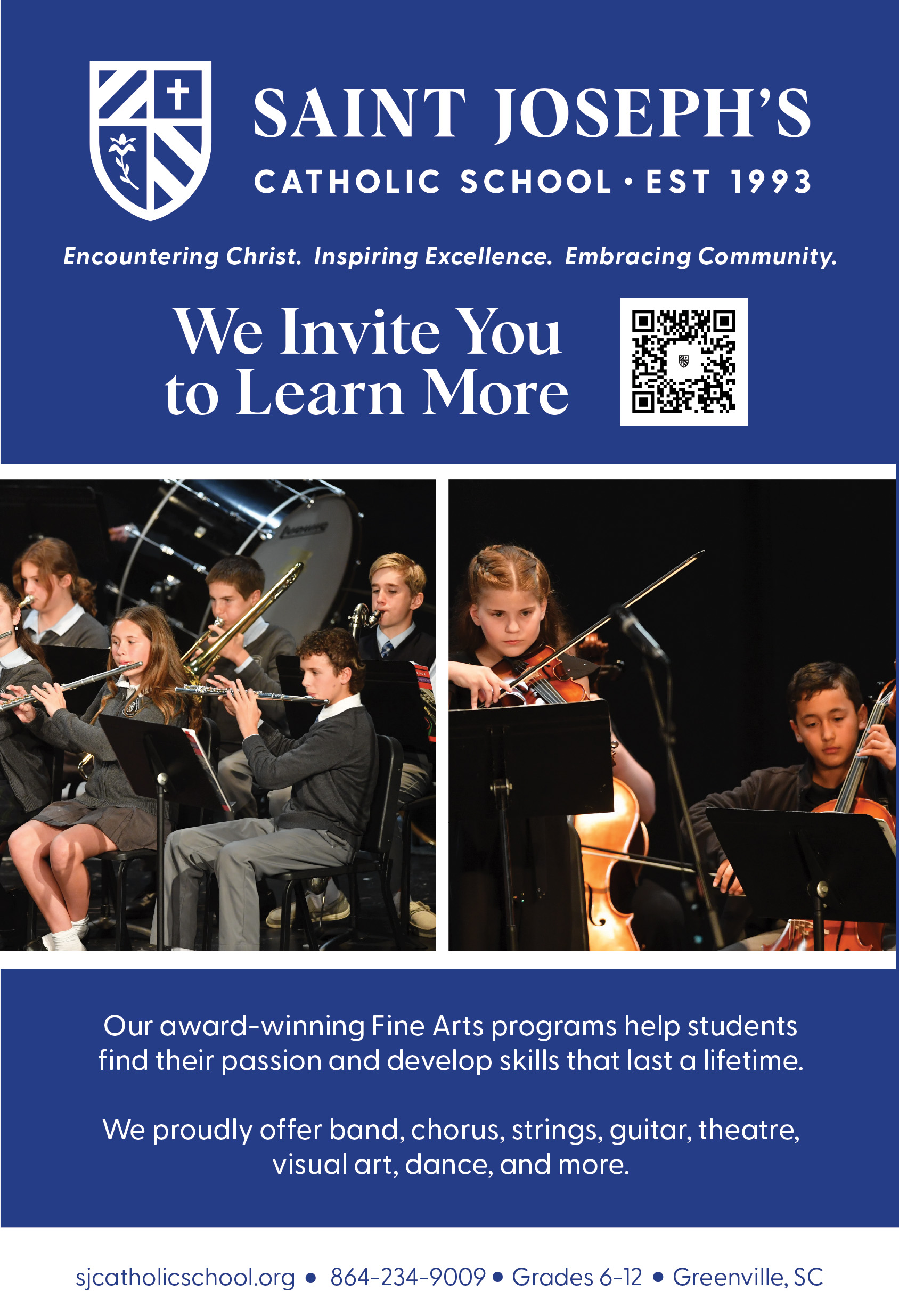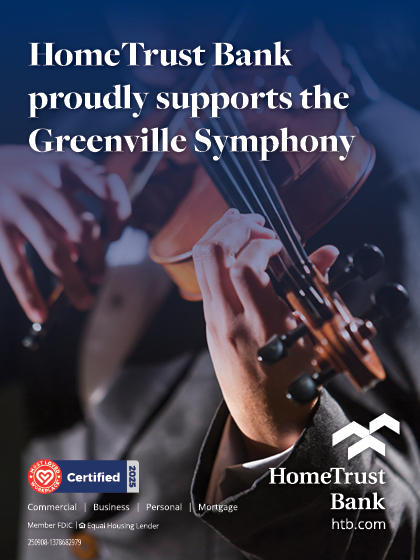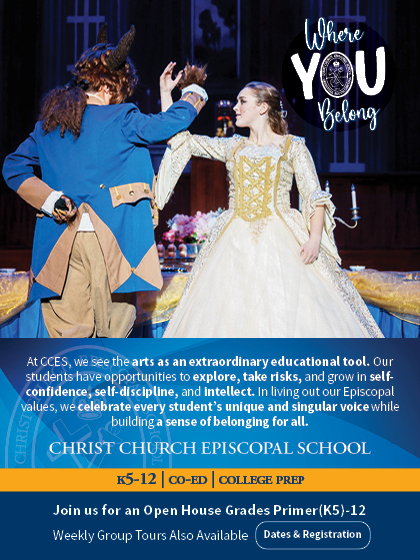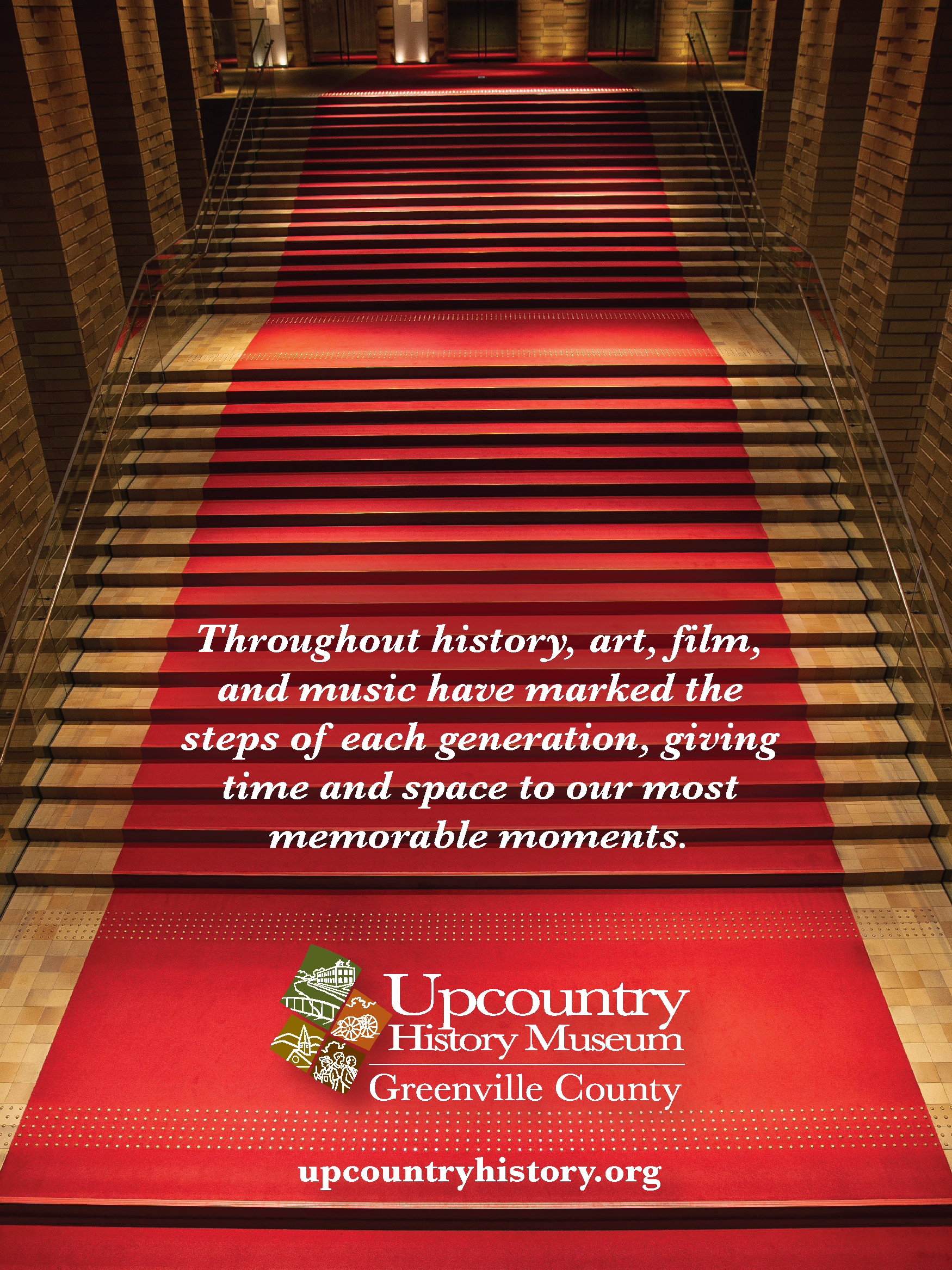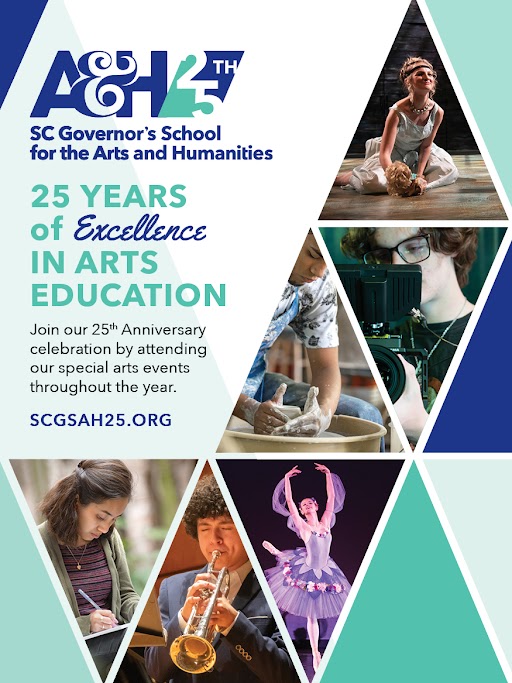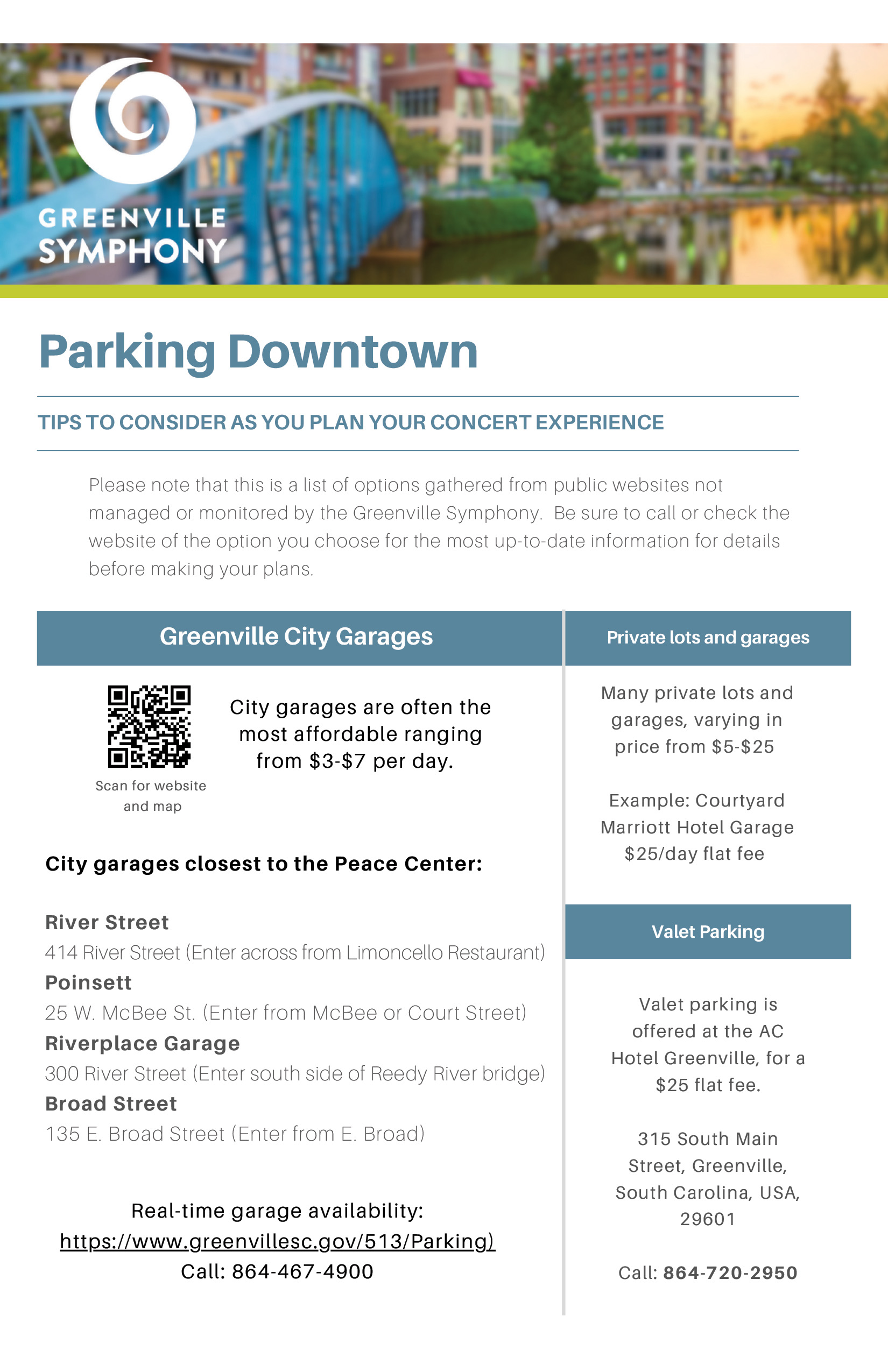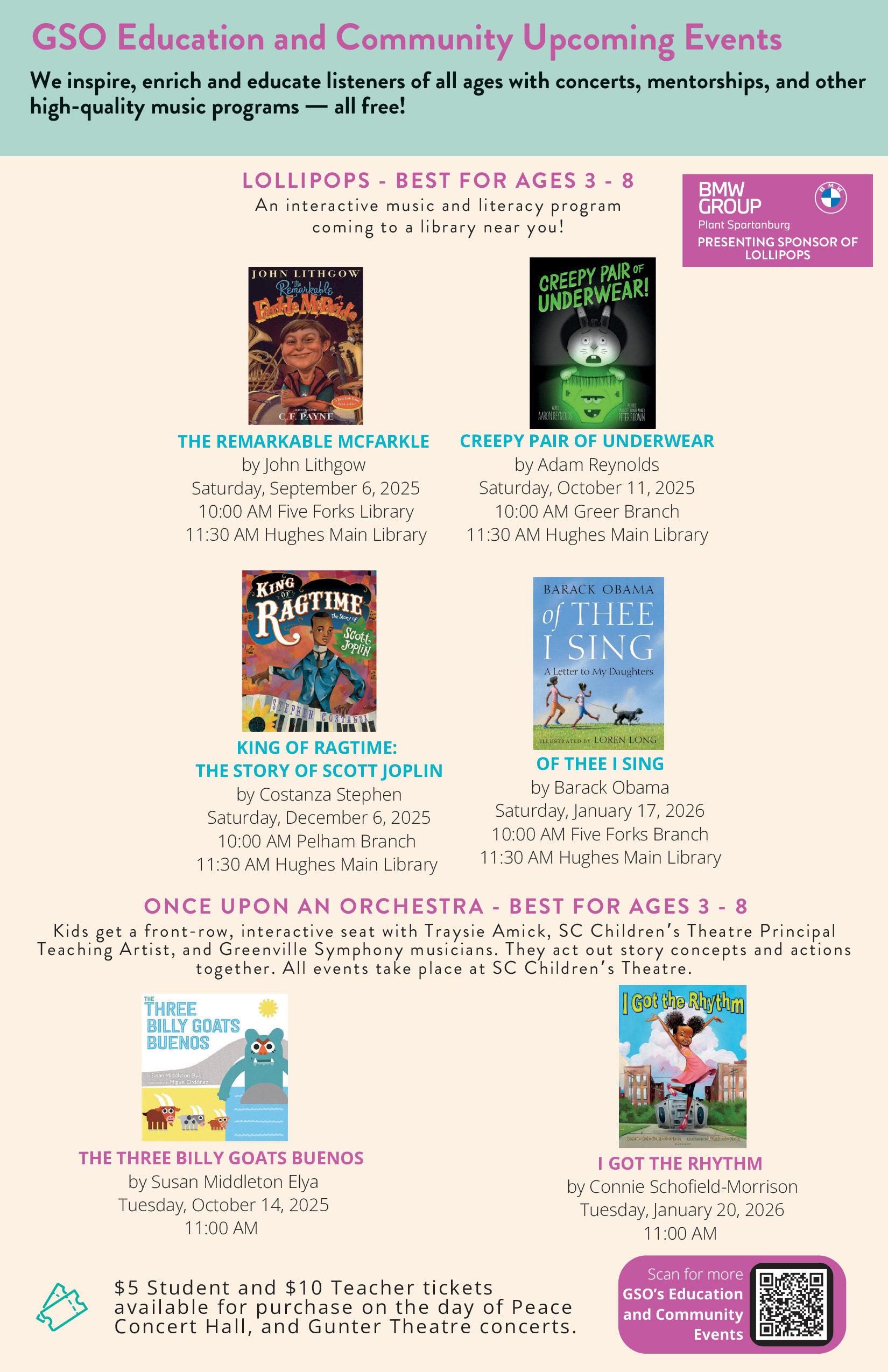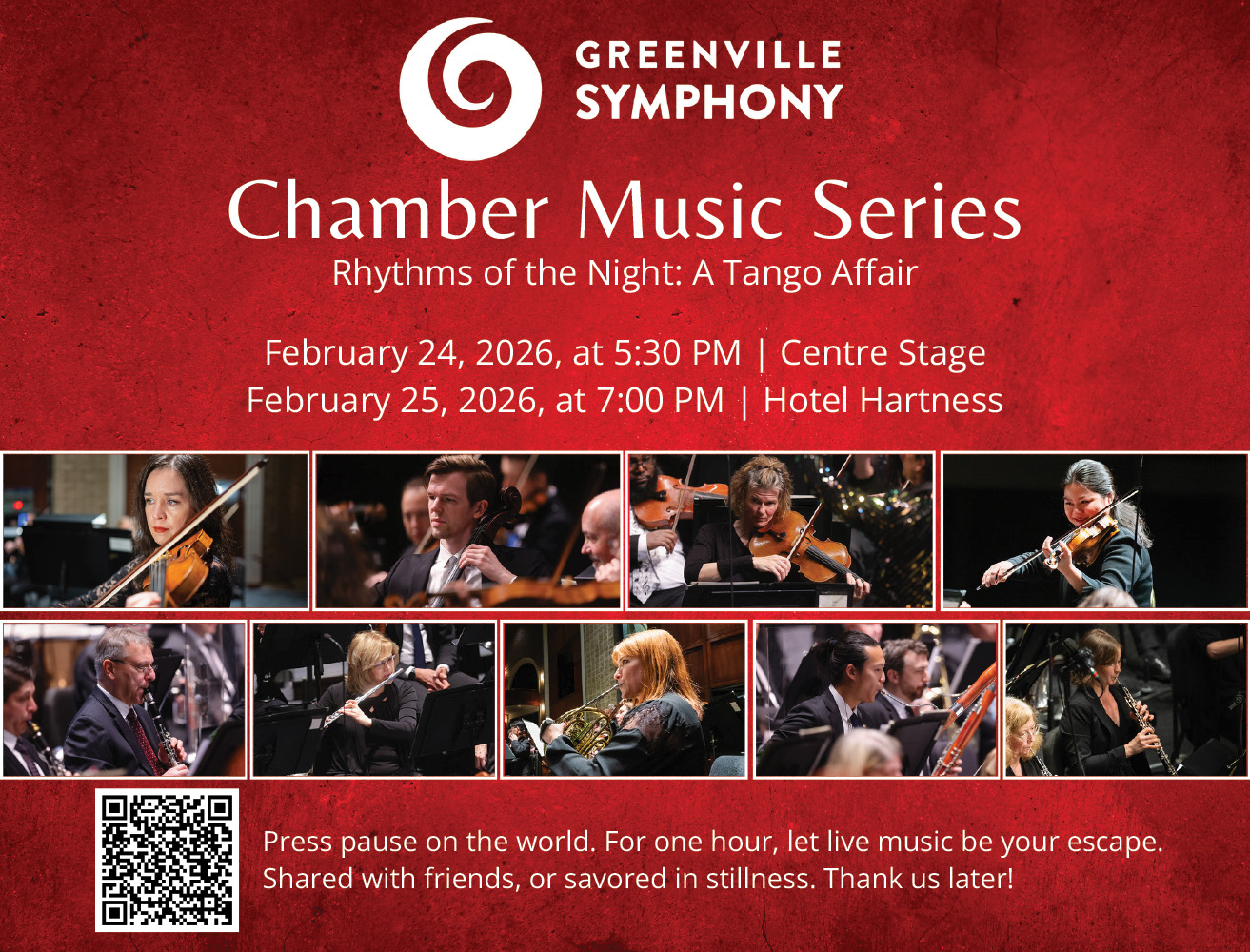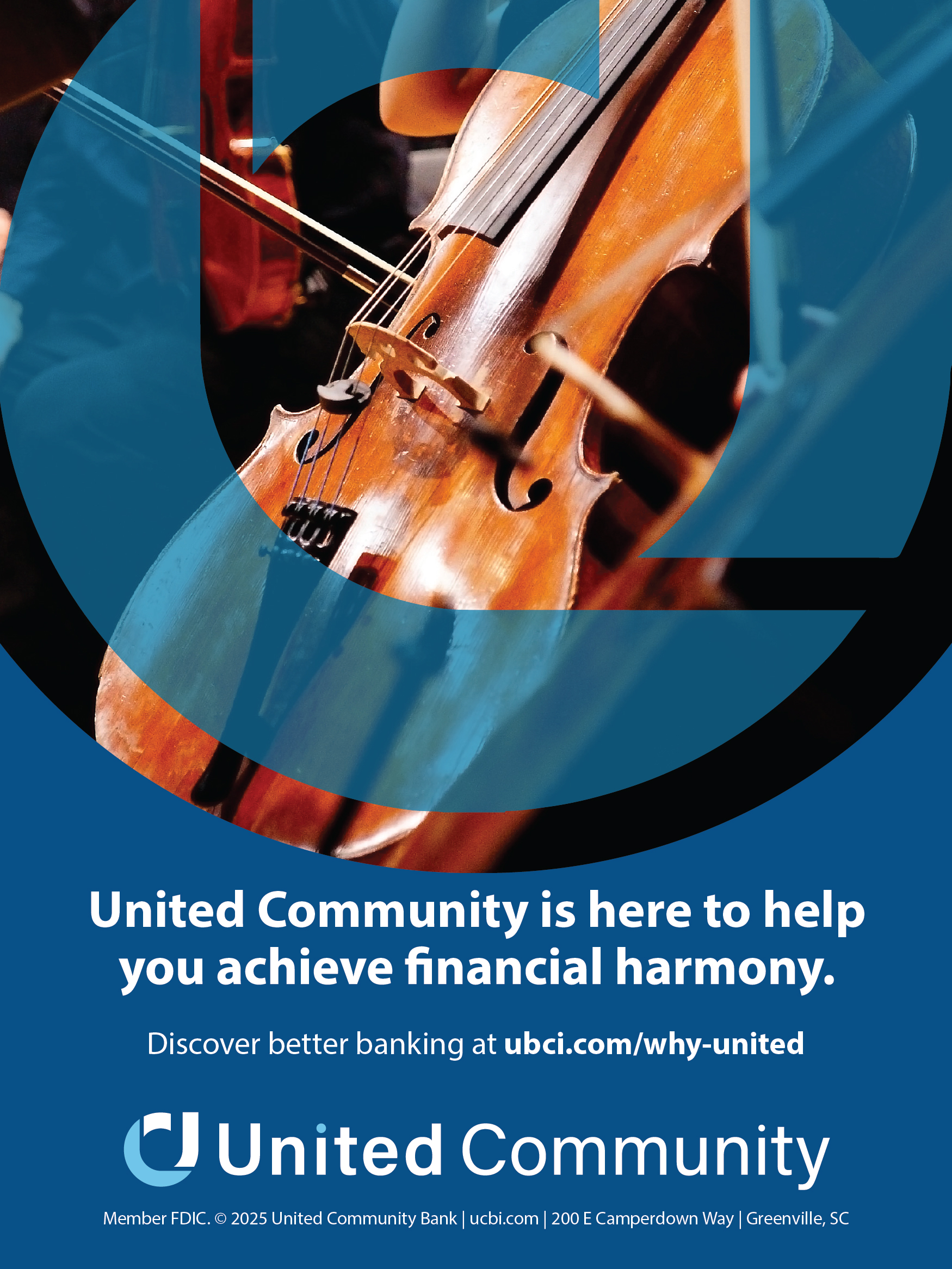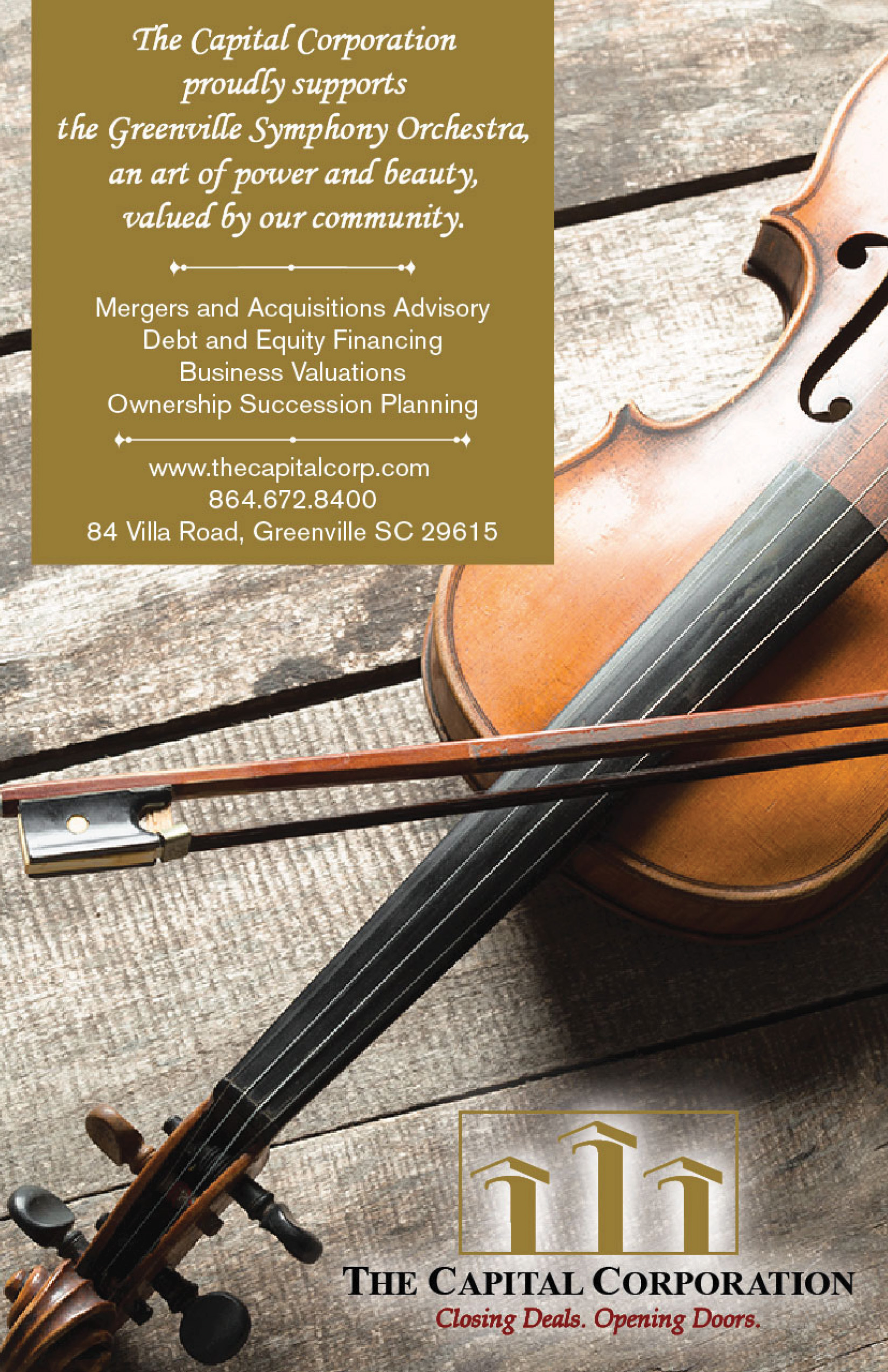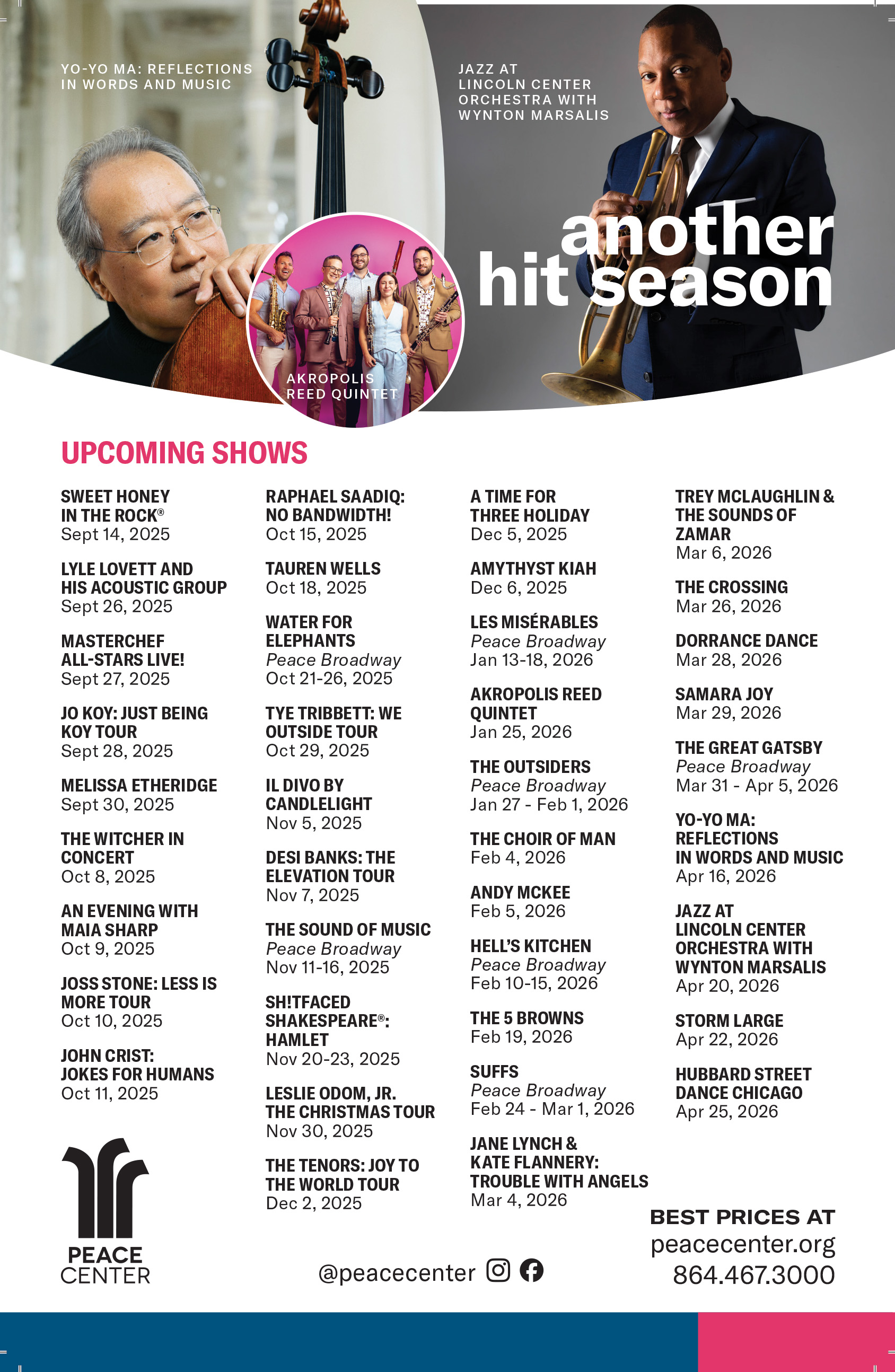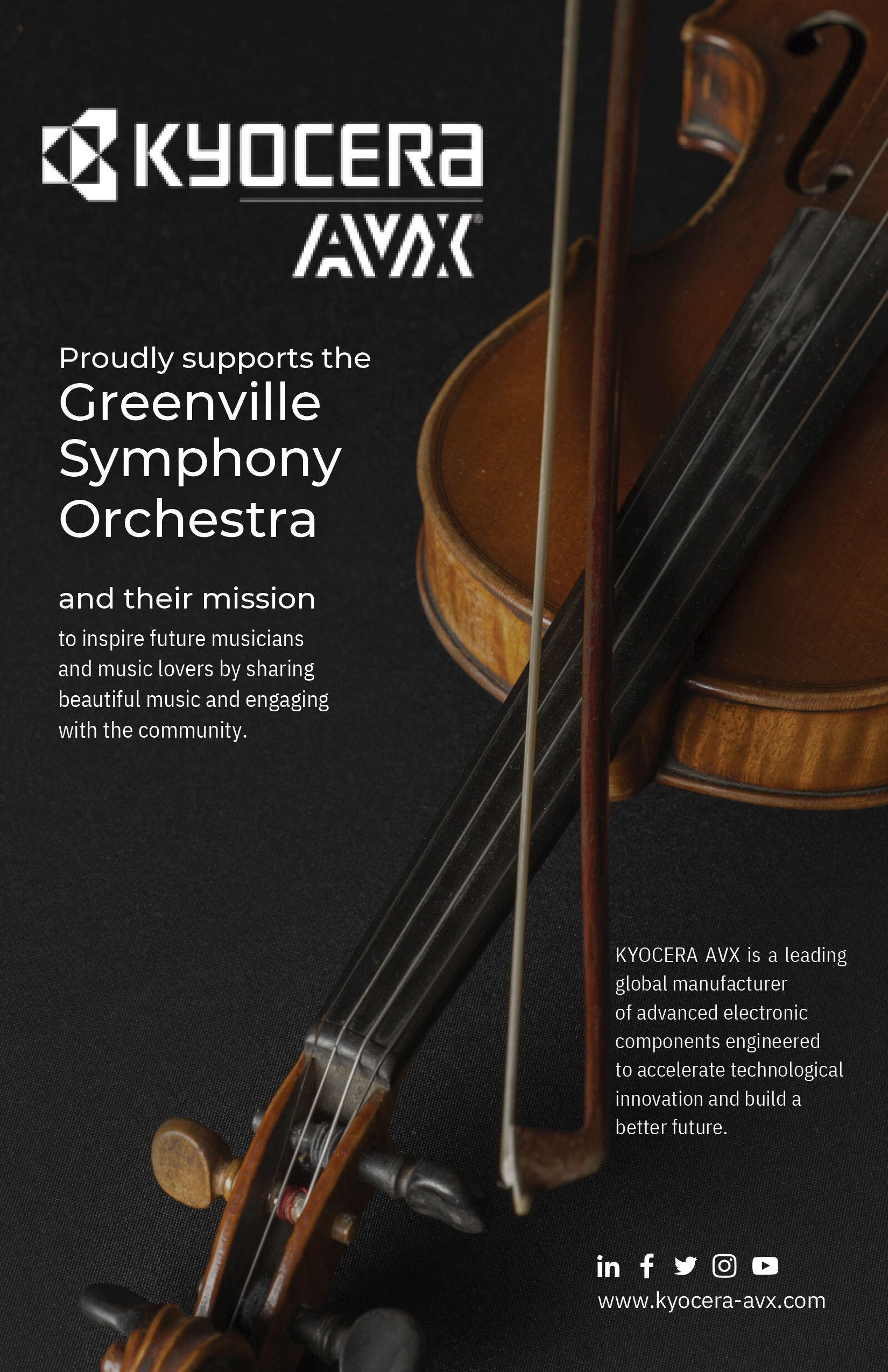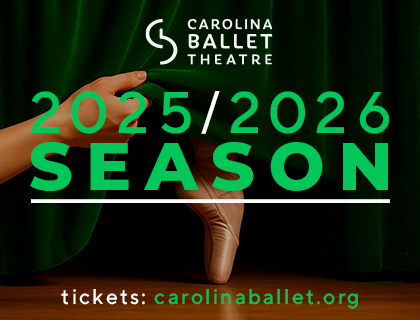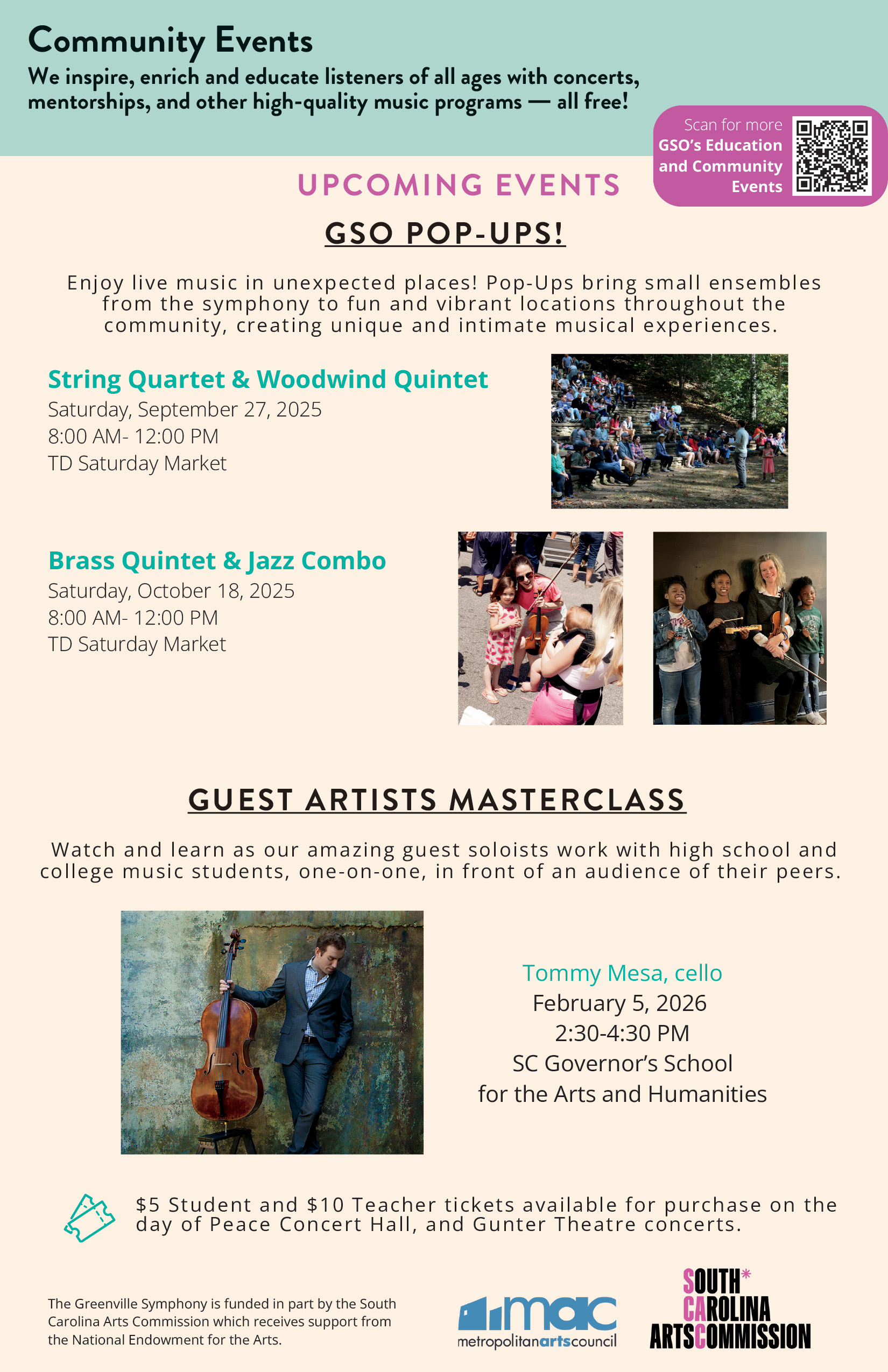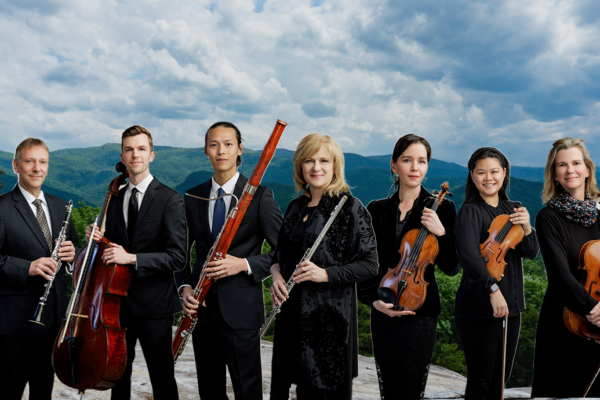

Lee Mills, Music Director
Thomas A. and Shirley W. Roe Podium Fund

Gunter Theatre
Saturday, February 14 | 7:30 pm
Sunday, February 15 | 3:00 pm
Caroline Ulrich | flute
Chelsea Russell | oboe
John Sadak | clarinet
Allen Jiang | bassoon
Anneka Zuehlke-King | horn
Jacqueline Tso | violin
Joanna Mulfinger | violin
Kathryn Dey | viola
Seth Russell | cello

Miguel del Águila (1957-) | 25’ | |
| Antonín Dvořák (1841-1904) String Quartet No. 12 in F major, Op.96, “American” I. Allegro ma non troppo II. Lento III. Molto vivace IV. Finale: vivace ma non troppo | 15’ |
Dvořák’s American String Quartet
Program Notes by Paul Hyde
Wind Quintet No. 2
Miguel Del Aguila (born 1957)
Miguel del Aguila was born in Uruguay and became a naturalized American citizen. He is widely recognized for his contributions to contemporary American music.
Del Aguila’s Wind Quintet No. 2 is a compact, theatrical journey in four contrasting movements that fuses ritual, dance, darkness, and exotic color within a roughly 25-minute span.
Composed in 1994 and premiered that year, the work was recognized for its vivid storytelling and craftmanship, receiving a Kennedy Center Friedheim Award in 1995. Del Aguila treats the quintet as a dramatic ensemble rather than a collection of solo instruments. Del Aguila expands the expressive range of the wind quintet through four distinct and vividly colorful movements.
- The first movement, “Back in Time,” has an ancient, primitive character. It opens with a simple theme for flute, establishing a ritualistic atmosphere. The music’s simple melodic cells are transformed through shifting textures but retain a sense of an ancient song.
- “In Heaven” follows as a delicate, stylized Caribbean dance with novel effects for a movement that is spirited and often whimsical.
- “Under the Earth” is a dark, mournful and even frightening depiction of death that emphasizes the low registers of the ensemble. As del Aguila writes of this movement, “The wind quintet is often thought of as an ensemble dominated by the high instruments with limited bass support. I tried to prove the contrary with this movement which explores not only the expressive depth of the wind ensemble but the extreme low registers of some of the instruments.”
- The finale, “Far Away,” offers a striking contrast, bursting into an energetic, Middle Eastern–tinged scene that layers Arabic inflections, oboe solos, and a recurring drone resembling a didgeridoo to produce an exotic, feverish texture with considerable interplay among the instruments that leads to a fiery conclusion.
The piece succeeds through theatrical pacing, knowledgeable wind writing, and a keen ear for cross-cultural gestures. Its narrative clarity and technical daring make it a staple of the contemporary quintet repertoire.
String Quartet No. 12, ‘The American’
Antonin Dvorák (1841-1904)
Antonín Dvořák’s String Quartet No. 12 — commonly known as the “American Quartet” — is a radiant fusion of European craftsmanship and American inspiration. The work includes the sort of memorable tunes and exuberant rhythms that often characterized Dvorak’s music.
Composed in 1893 during Dvořák’s summer stay in Spillville, Iowa, this quartet reflects the composer’s fascination with the musical landscape of the United States, particularly the folk traditions of Native Americans and African Americans.
Dvořák had come to America to serve as director of the National Conservatory of Music in New York City. His time in Spillville, a Czech immigrant community, offered a peaceful retreat and a sense of cultural familiarity. It was here, shortly after completing his Symphony No. 9 “From the New World,” that he wrote the quartet in just over two weeks. Despite its nickname, Dvořák never explicitly labeled the piece “American,” but the moniker stuck due to its distinctive character and context.
The quartet is structured in four movements, each brimming with melodic charm and rhythmic vitality.
- The first movement, Allegro ma non troppo, opens with a buoyant theme introduced by the viola, followed by a lively interplay among the strings. The music is infused with pentatonic (five-note) scales and syncopated rhythms, evoking the spirit of the Native American music and spirituals Dvorak heard while visiting America.
- The second movement, Lento, offers a soulful, contemplative melody that some scholars believe echoes African American spirituals. Its serene atmosphere contrasts beautifully with the energetic outer movements.
- The third movement, Molto vivace, is a spirited scherzo that showcases Dvořák’s gift for rhythmic invention. Its dance-like motifs and playful exchanges between instruments suggest influences from both Czech and American folk traditions.
- The finale, Vivace ma non troppo, is a rondo that brings the quartet to a jubilant close. Some have interpreted its rhythmic drive as reminiscent of a train journey — a nod to Dvořák’s travels across the American Midwest.
What makes the “American” Quartet so enduring is its seamless blend of cultural elements. Dvořák didn’t merely imitate American music; he absorbed its essence and wove it into his own style and vocabulary. The result is a work that feels both familiar and fresh, rooted in tradition yet open to new horizons. Today, the quartet remains a staple of the chamber music repertoire, celebrated for its warmth, lyricism and cross-cultural resonance.
Paul Hyde, a longtime arts journalist, is an English instructor at Tri-County Technical College. He writes regularly for the Greenville Journal, the S.C. Daily Gazette, EarRelevant, ArtsATL, and the Atlanta Journal-Constitution. Readers may write to him at paulhydeus@yahoo.com
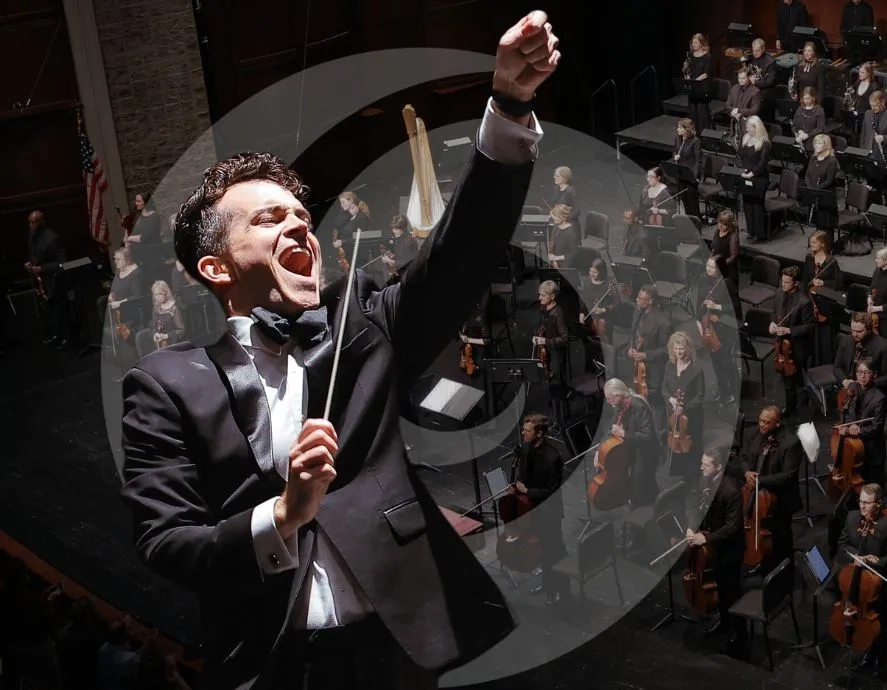
Concert Hall Series
Saturday performances at 7:30
Sunday at 3:00 pm
Opening Night: Hollywood Retrospective
October 4 & 5
An American in Paris
November 22 & 23
Dvořák’s Cello Concerto
February 7 & 8
Grand Canyon Suite + Rachmaninoff 2
March 14 & 15
West Side Story Symphonic Dances
+ Fanfare for the Common Man
April 11 & 12
Season Finale: Porgy and Bess
May 16 & 17
Gunter Theatre Series
Peter and the Wolf
November 1 at 3:00 pm
November 2 at 3:00 pm
Dvořák’s American String Quartet
February 14 at 7:30 pm
February 15 at 3:00 pm
The Last Five Years:
American Music Now
March 28 at 7:30 pm
March 29 at 3:00 pm
Dicey Langston:
The South Carolina Girl Who Defied an Army
April 25 at 3:00 pm
April 26 at 3:00 pm
Special Concerts
Holiday at Peace
December 12 at 7:00 pm
December 13 at 7:00 pm
December 14 at 2:00 pm
Peace Center
Harry Potter and the Goblet of Fire™ in Concert
January 10 at 1:00 pm and 7:00 pm
January 11 at 2:00
Peace Center
Chamber Music Series
American Echoes: from Apollo to Bluegrass
September 23 at 5:30 pm, Warehouse Theatre
September 24 at 7:00 pm, Hotel Hartness
Rhythms of the Night: A Tango Affair
February 24 at 5:30 pm, Centre Stage
February 25 at 7:00 pm, Hotel Hartness
Details and tickets available at greenvillesymphony.org
